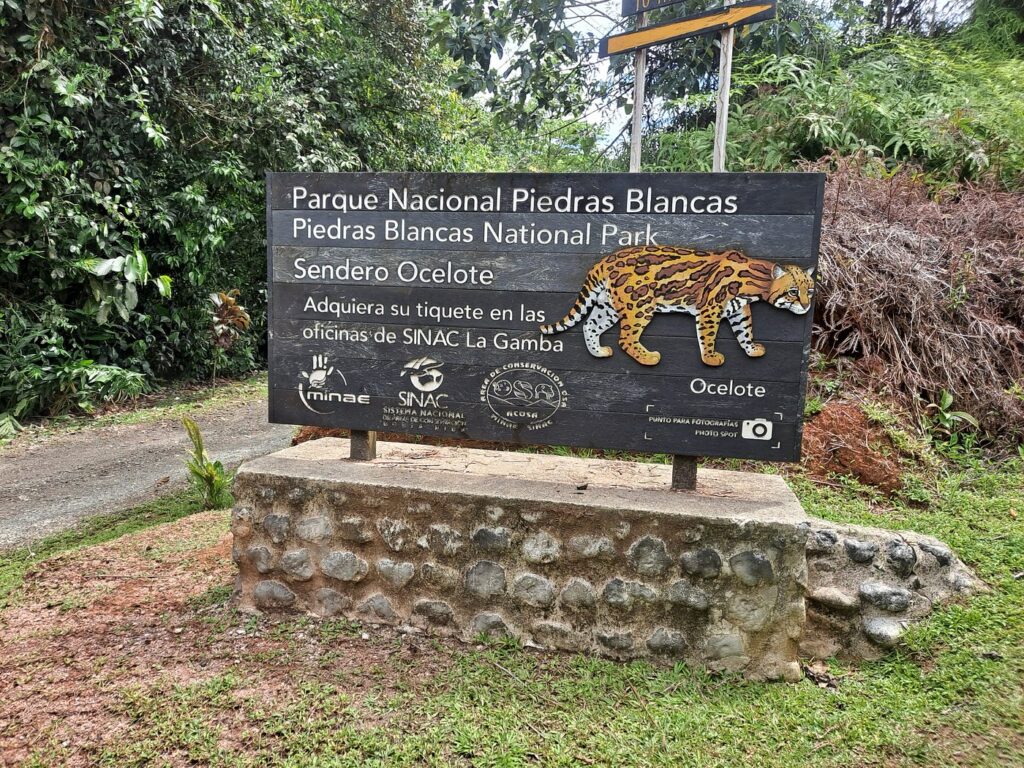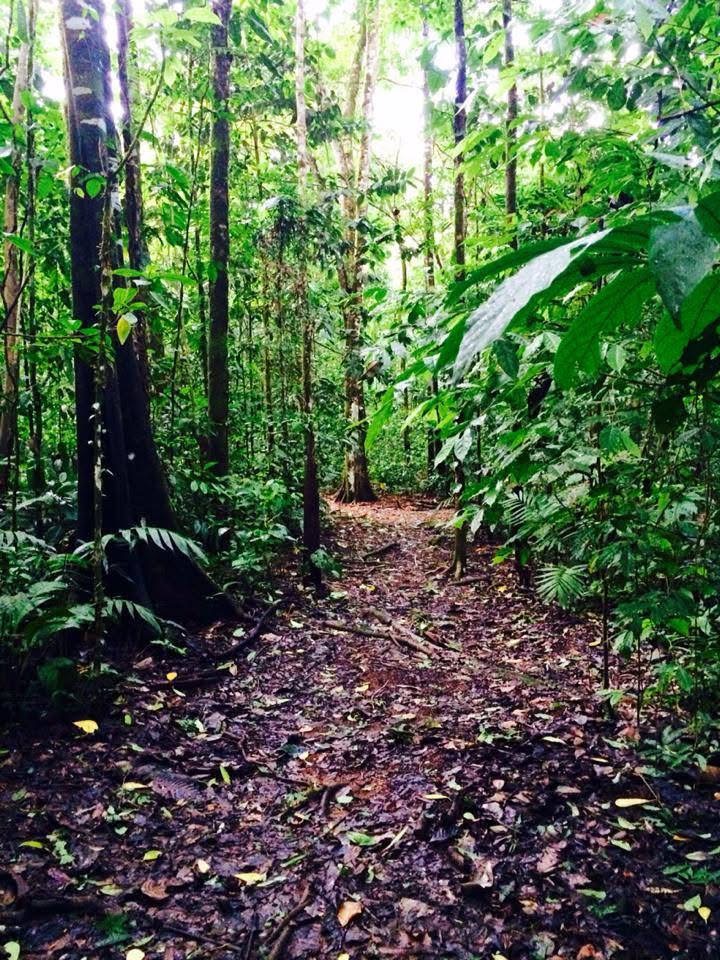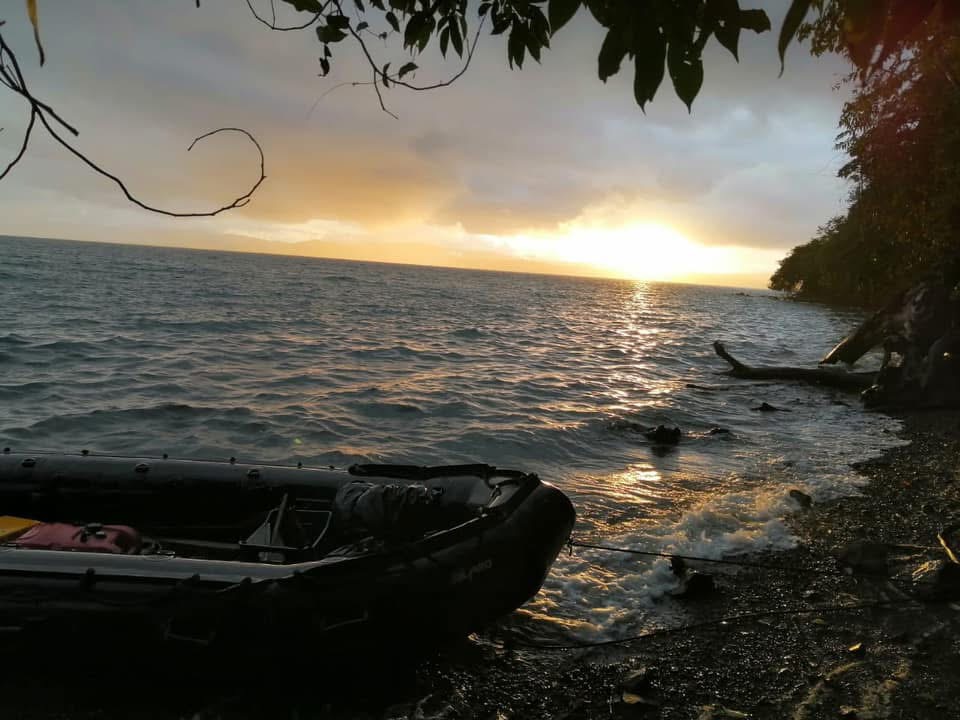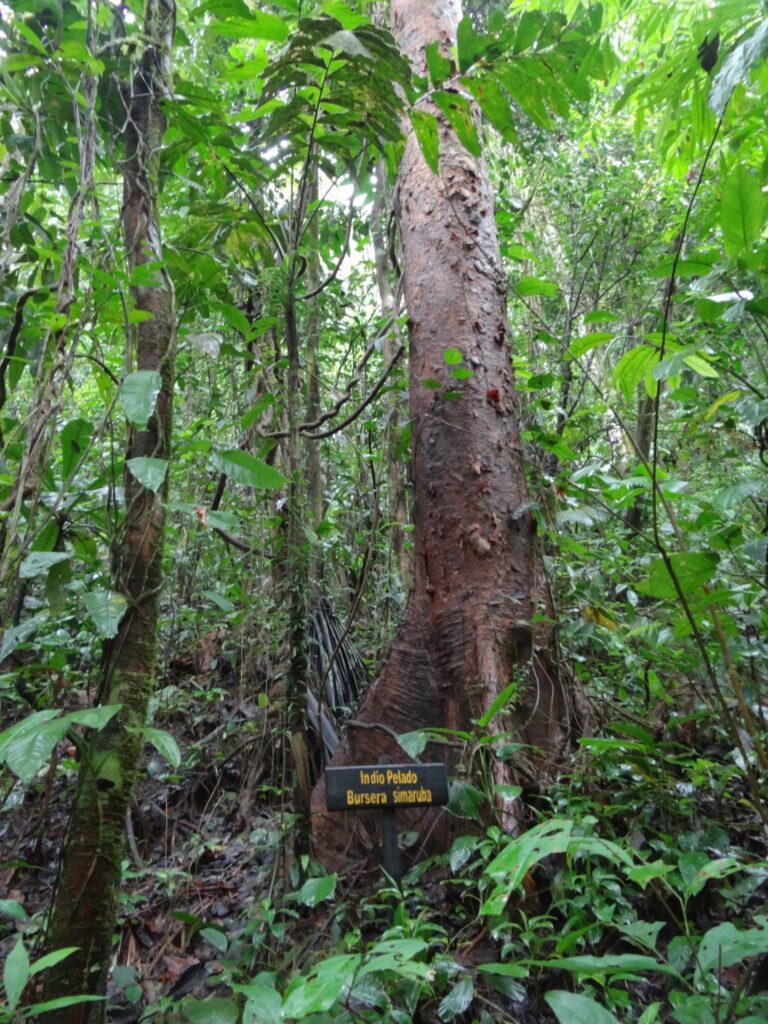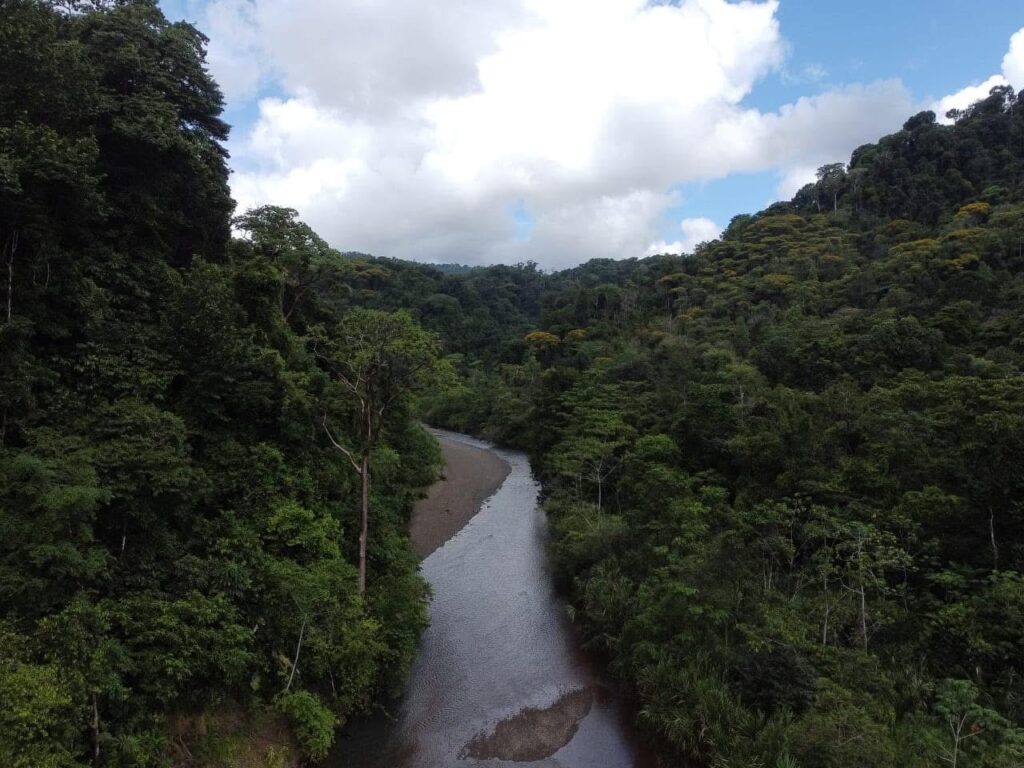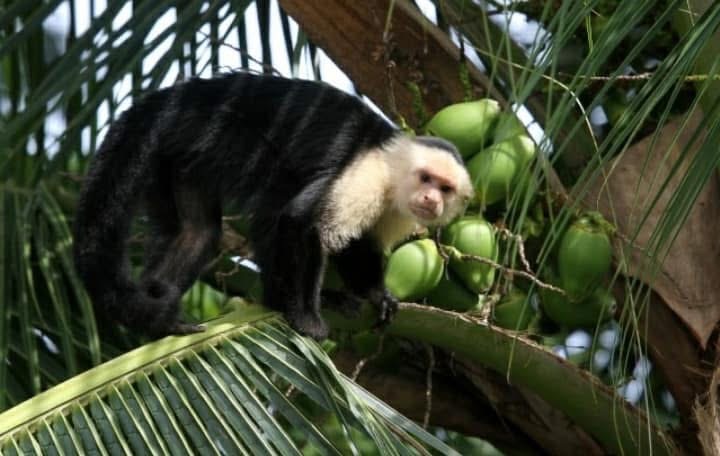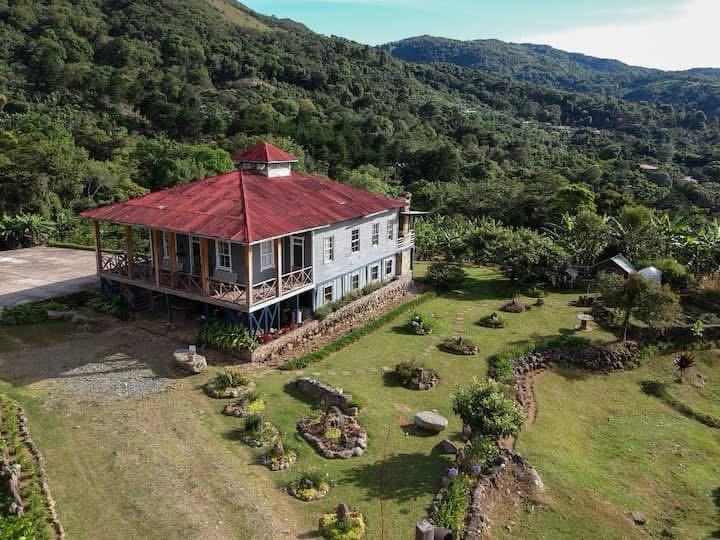Piedras Blancas National Park, located in the southwestern tip of the country along the eastern edge of Golfo Dulce, is a hidden gem that often is overshadowed by the famous Corcovado National Park. The park consists of more than 15,000 ha of protected land and 1,200 ha of sea, and serves as an important biological corridor for a diverse population of flora and fauna, including endangered species such as the jaguar and ocelot. It is definitely worth a visit if you’re up for a rugged hike in an untouched tropical paradise.
This park is unique in that it is rarely visited and much more “wild” than most other National Parks around the country. The benefit is that you’re going to feel much completely isolated as you hike through the forest trails as compared to the more popular Corcovado National Park. However, keep in mind that roads are more difficult to access, and make sure you are prepared for the trail conditions, as they can be muddy, steep, and difficult, with the longest trail being a total of 25 km.
There are several different trails within the park that begin at different starting points. The easiest trail to access is the “Ocelot Trail”, which you can access from the Gamba Tropical Research Center or the Esquinas Rainforest Lodge. It is easily accessible and about 3km in length. During the dry season months of March-April, it is possible to park at the “El Bonito” ranger station, where you can pay and enter the park. From here you will have access to the “La Ceiba Trail”, which is a low-intensity, 4km loop and will bring you to an amazing and massive Ceiba tree.
During the rest of the year, you can either access the “El Bonito” ranger station from the “Nueva Zelanda” educational center along a 3km “Río Bonito Trail”, or, you can take the “El Tajo Trail”, which is a 6km trail leading off of the “Golfito” road between the towns of Gamba and Ureña. If you are an advanced and adventurous hiker, then you can challenge yourself to hike to the beautiful white-sand San Josecito Beach, which is a difficult, 3.5km trail branching off of La Ceiba Trail.
For a more integrated experience, you can stay at one of the lodges that borders the park, which have direct access to forest trails, guided tours, and water activities such as kayaking, snorkeling, and paddle boarding on Golfo Dulce.

